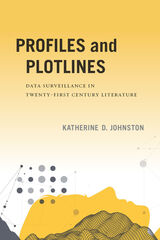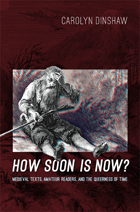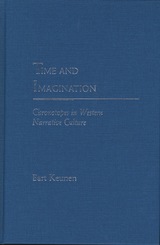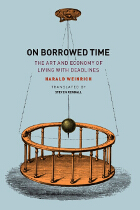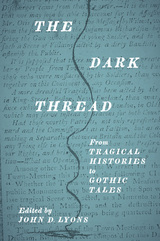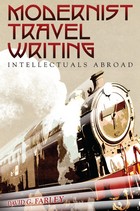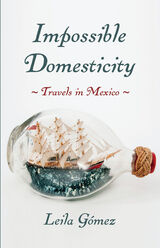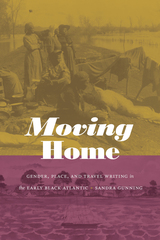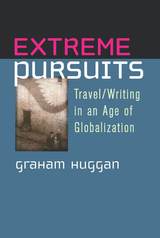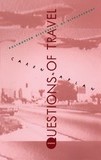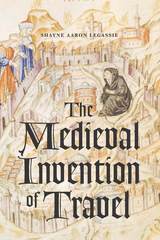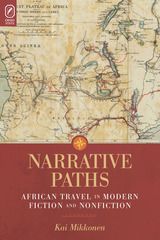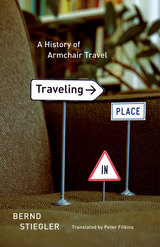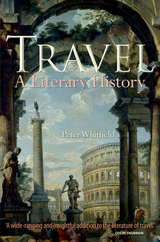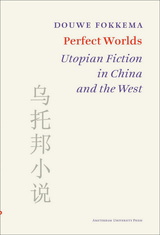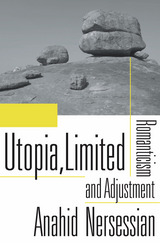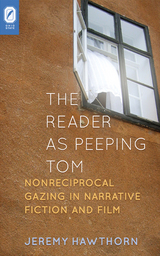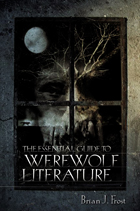Mobility and Masks: Cultural Identity in Travel Literature
Harvard University Press
Paper: 978-0-674-29580-3
Library of Congress Classification PN56.T7M63 2024
Dewey Decimal Classification 809.9332
Paper: 978-0-674-29580-3
Library of Congress Classification PN56.T7M63 2024
Dewey Decimal Classification 809.9332
ABOUT THIS BOOK
ABOUT THIS BOOK
Travelers have always experimented with disguise while observing the disguises of others. Each of the chapters in Mobility and Masks illustrates the strategies of concealment in the experience of travel: a seventeenth-century German aristocrat discovers new freedom as she travels incognito, Jesuits write home from China in the eighteenth century about how costume changes serve their mission, a Chinese opera star reflects on his own masked art during a tour of Russia in 1935. Masking can be a racial marker, as shown in two nineteenth-century accounts: an English woman encountering the creole culture of the West Indies and a French woman observing how cosmetic beauty is defined in Shanghai. Fictional representations of the masked traveler are illustrative, too: masked voices in the lyric poetry of Horace, the masked woman as an obstacle in classic adventure tales, the failure of cultural masking in the story of a modern immigrant.
See other books on: Essays & Travelogues | Group identity | Mobility | Travel in literature | Travelers
See other titles from Harvard University Press

